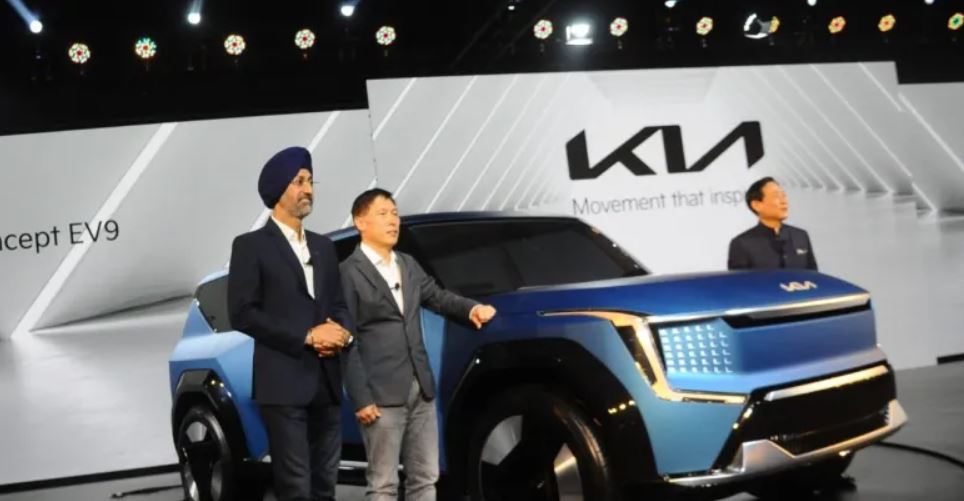
South Korea’s second-largest carmaker, said on Friday it will invest 38 trillion won ($28 billion) in future mobility solutions 2028, while strengthening its gasoline hybrid vehicle lineup amid slowing sales of electric vehicles (EVs).
The planned investment over the next five years is revised up from 33 trillion won announced last year.
Kia will inject 15 trillion won, or nearly 40 percent of the overall spending, in developing EVs, purpose-built vehicles, advanced air mobility, software-driven vehicles and robotics, the company said at this year’s CEO Investor Day, reports Yonhap news agency.
Kia expects the EV sales growth will be slowing further this year due to an economic slowdown, reduced government subsidies, lack of charging infrastructure, and potential risks of fire.
“Faced with tougher competition with rivals and growing geopolitical uncertainties, the company will flexibly respond to rapidly changing market trends and change risks into opportunities,” Kia President and Chief Executive Song Ho-sung said.
To weather the slowing demand for EVs, the maker of K5 sedans and Sorento SUVs said it will add more gasoline hybrid models to its lineup in coming years.
Kia projected the ratio of gasoline hybrid models in its total vehicle sales will rise to 19 per cent, or 800,000 units, in 2028 from 12 percent, or 372,000, this year.
On top of that, it will also continue to beef up its EV lineup with mass-market models despite lower demand for zero-emission cars, the company said in a statement.
In the short term, the company plans to gradually launch three new all-electric SUVs — EV3, EV4, and EV5 — in the domestic market starting this year. The EV5 sub-midsized SUV was initially launched in China last year.
It is part of Kia’s plan to launch 15 EVs 2027 and sell 1.6 million EVs in global markets in 2030.
Kia aims to sell 3.2 million vehicles, including 307,000 EVs, this year, higher than the 3.08 million units sold last year.
For 2023, its net profit jumped 62 per cent to 8.78 trillion won from a year earlier on improved product mix, rising average selling prices, and the won’s weakness against the dollar.
